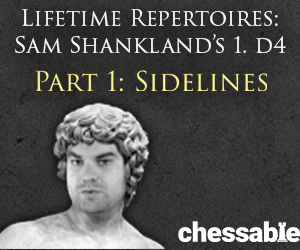
and the AlphaZero algorithm, that proposes to use model based RL in conjunction with deep learning to guide the model exploration. We build on the ExIt framework proposed by Anthony et al. In order to solve this problem, we construct this one as a Markov Decision Process, in order to solve it with a reinforcement learning (RL) algorithm. that proposes to predict the relative position of a fragment with respect to another one, using a deep learning extractor and a bilinear feature aggregator. We build on the method proposed by Paumard et al. Therefore, we choose to use such methods in order to extract semantic information from fragments and the reassembly. On the right side, it is perfectly reassembled.ĭuring the last decade, deep convolutional architectures as become the norm in most pattern matching tasks involving 2D images. On the left, a MNIST image is divided in 9 shuffled pieces. Image reconstruction from 9 unorganized fragments. Moreover, we want to find this set of optimal positions using, on the one hand an iterative process, and one the other hand a content-based pattern matching method. The problem consists in finding the optimal absolute position of each fragment on the reassembly. Our puzzles are made from 2D images and divided in 9 same-sized squared fragments, while also considering an erosion between each fragment. The focus of this paper is the reassembly of jigsaw puzzles. In that case, we propose an adversarial training of the value estimator and we show it can obtain results comparable to supervised training.

Second, we tackle the case where we want to reassemble puzzles without having a groundtruth to perform supervised training. Our contributions are twofold: First, we show that combining a Monte Carlo Tree Search with the reinforcement learning allows the system to converge more easily in the case of supervised learning. The pieces selection and placement is based on deep visual features that are trained end-to-end.

Thus, we train a deep reinforcement learning model that iteratively select a new piece from the set of unused pieces and place it on the current resolution. In this paper, we are interested in solving visual jigsaw puzzles in a context where we cannot rely on boundary information.


 0 kommentar(er)
0 kommentar(er)
